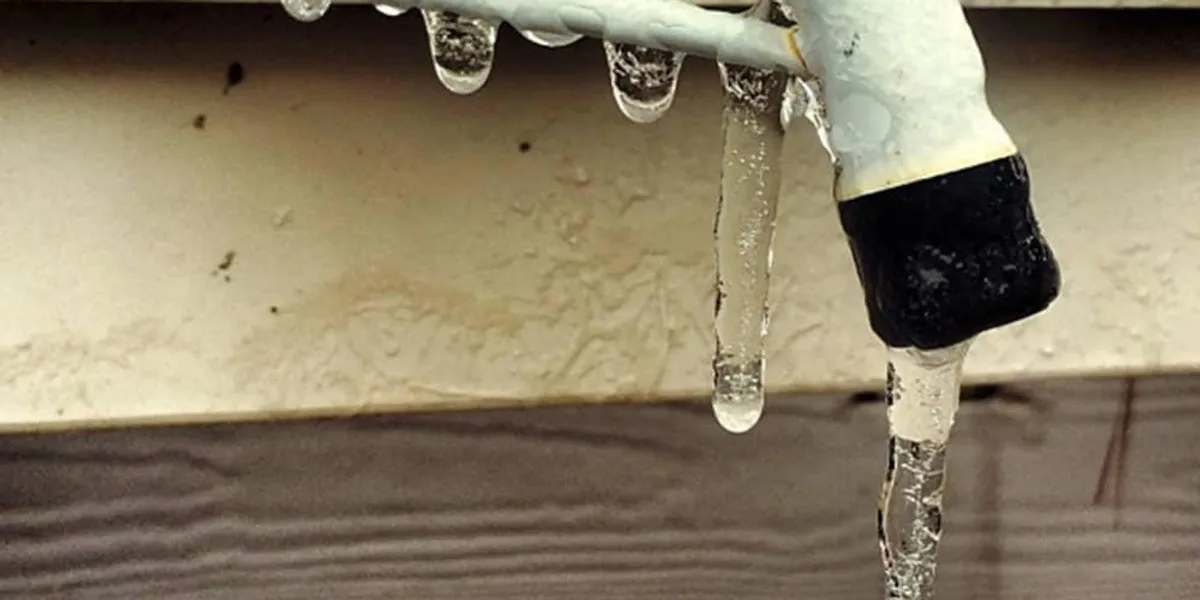Tips to Prevent Frozen Pipes in Winter: Professional Advice
Tips to Prevent Frozen Pipes in Winter: Professional Advice
Blog Article
Everyone maintains his or her own piece of advice with regards to Prevent Frozen Pipes .

Cold weather can ruin your plumbing, especially by freezing pipes. Below's just how to stop it from taking place and what to do if it does.
Introduction
As temperatures drop, the danger of icy pipes rises, potentially leading to expensive repair services and water damage. Comprehending exactly how to prevent frozen pipelines is vital for homeowners in chilly climates.
Comprehending Icy Pipelines
What creates pipelines to freeze?
Pipelines freeze when exposed to temperatures listed below 32 ° F (0 ° C) for prolonged durations. As water inside the pipelines ices up, it increases, taxing the pipeline wall surfaces and possibly triggering them to burst.
Threats and damages
Icy pipelines can bring about water supply interruptions, building damage, and costly fixings. Burst pipes can flood homes and cause substantial architectural damages.
Indicators of Frozen Piping
Determining frozen pipelines early can avoid them from rupturing.
How to identify frozen pipes
Try to find lowered water flow from faucets, unusual odors or noises from pipes, and visible frost on subjected pipelines.
Avoidance Tips
Shielding prone pipelines
Wrap pipes in insulation sleeves or make use of warm tape to safeguard them from freezing temperatures. Concentrate on pipes in unheated or exterior areas of the home.
Home heating strategies
Keep interior rooms properly heated up, particularly locations with plumbing. Open up closet doors to allow warm air to flow around pipes under sinks.
Safeguarding Exterior Plumbing
Garden tubes and outside taps
Disconnect and drain pipes yard tubes before winter. Install frost-proof faucets or cover outside taps with insulated caps.
What to Do If Your Pipes Freeze
Immediate actions to take
If you think icy pipes, keep faucets open to alleviate pressure as the ice melts. Use a hairdryer or towels taken in hot water to thaw pipelines slowly.
Long-Term Solutions
Structural adjustments
Consider rerouting pipelines far from exterior walls or unheated locations. Include added insulation to attic rooms, basements, and crawl spaces.
Upgrading insulation
Purchase top quality insulation for pipes, attic rooms, and walls. Appropriate insulation helps maintain constant temperature levels and lowers the danger of icy pipelines.
Final thought
Protecting against frozen pipes requires proactive actions and quick actions. By understanding the reasons, indications, and preventive measures, homeowners can shield their pipes throughout cold weather.
6 Proven Ways to Prevent Frozen Pipes and Protect Your Home
Disconnect and Drain Garden Hoses
Before winter arrives, start by disconnecting your garden hoses and draining any remaining water. Close the shut-off valves that supply outdoor hose bibs and leave the outdoor faucet open to allow any residual water to drain. For extra protection, consider using faucet covers throughout the colder months. It’s also important to drain water from any sprinkler supply lines following the manufacturer’s directions.
Insulate Exposed Pipes
Insulating your pipes is an effective way to prevent freezing. Pipe insulation is readily available at home improvement stores and is relatively inexpensive. Pay close attention to pipes in unheated areas such as the attic, basement, crawl spaces, or garage. Apply foam insulation generously to create a buffer against the cold. You can also wrap your pipes in heat tape or thermostat-controlled heat cables for added warmth.
Seal Air Leaks
Inspect your home for any cracks or openings that could let in cold air. Seal any holes around the piping in interior or exterior walls, as well as the sill plates where your home rests on its foundation. Additionally, make sure to keep your garage door closed unless you’re entering or exiting. Leaving it open creates a significant air leak that can lead to frozen pipes.
Allow Warm Air Circulation
During cold snaps, it’s essential to allow warm air to circulate evenly throughout your home. Leave interior doors ajar to promote better airflow. Open kitchen and bathroom cabinets to help distribute heat consistently around the rooms. If you have small children or pets, be sure to remove any household chemicals or potentially harmful cleaners from open cabinets for safety.
Let Faucets Drip
A small trickle of water can make a big difference in preventing ice formation inside your pipes. When temperatures drop significantly, start a drip of water from all faucets served by exposed pipes. This continuous flow helps prevent the water from freezing. Additionally, running a few faucets slightly can relieve pressure inside the pipes, reducing the chances of a rupture if the water inside does freeze.
https://choateshvac.com/6-proven-ways-to-prevent-frozen-pipes-and-protect-your-home/

I came across that blog posting on Preventing and dealing with frozen pipes while doing a search on the search engines. For those who enjoyed our blog post please do not forget to pass it around. Thanks a bunch for being here. Come back soon.
Information Here Report this page